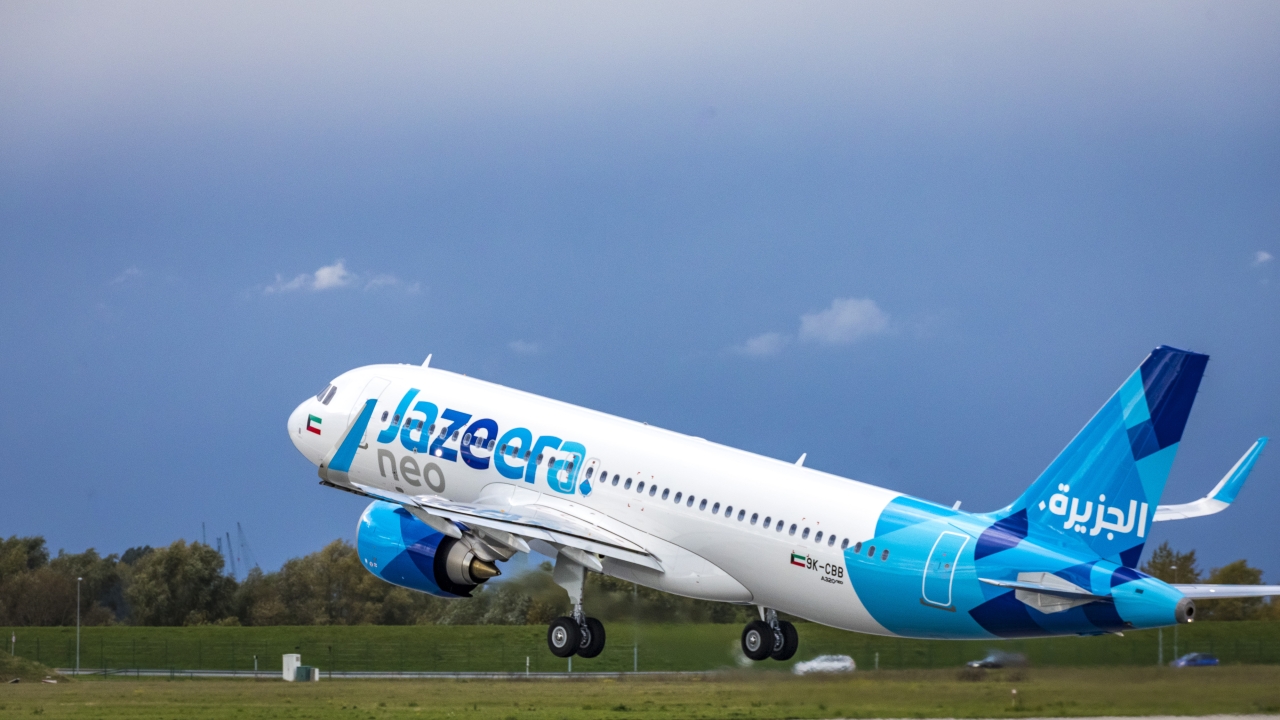Air Arabia posts third quarter net profit of AED 297 million, up 26%

Air Arabia’s net profit for the third quarter of 2016 was AED 297 million, up 26 per cent compared to AED 235 million reported in the corresponding period of 2015. For the three months ending September 30, 2016, the airline posted a turnover of AED 1.12 billion, in line with the revenue generated in the same period of 2015. Air Arabia served over 2.27 million passengers in the third quarter of 2016, a 14 per cent increase compared to 2 million passengers in the same period of last year. The average seat load factor – or passengers carried as a percentage of available seats – for the same quarter stood at an impressive 81 per cent.
Sheikh Abdullah Bin Mohammed Al Thani, chairman of Air Arabia said: “The strong third quarter and year to date performance is a reflection of Air Arabia’s commercial and operational strengths supported by the company’s commitment to deliver high value air travel to its customers and return on investments to its shareholders."
He added: “Despite challenging trading conditions driven by excess capacity in the market, political instability in some markets and the effect of lower oil price in the regional economies, we remain confident about the long-term prospects for the low cost industry in region and our ability to continue with our growth plans while delivering our value-for-money promise to our customer’s everyday."
Air Arabia’s net profit for the first nine months of 2016 stood at AED 542 million, up 15 per cent compared to AED 472 million reported in the corresponding period of 2015. For the nine months ending September 30, 2016, the airline posted a turnover of AED 2.96 billion, an increase of 3 per cent compared to AED 2.86 billion in the same period of 2015. The low-cost aviation pioneer served over 6.3 million passengers in the first nine month of 2016, a 14 per cent year-on-year increase. The average seat load factor – or passengers carried as a percentage of available seats – for the same period stood at an impressive 80 per cent.
Stay up to date
Subscribe to the free Times Aerospace newsletter and receive the latest content every week. We'll never share your email address.

